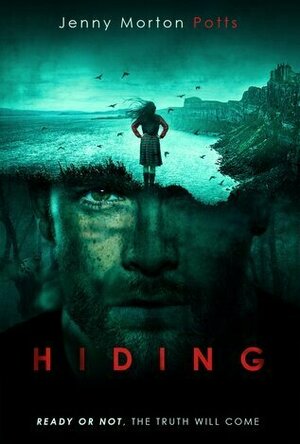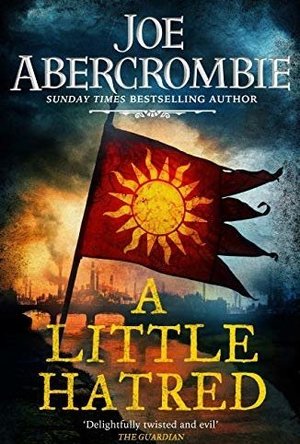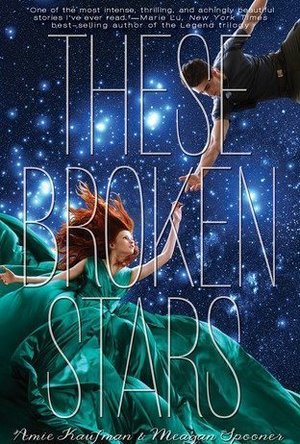Phil Leader (619 KP) rated Hiding in Books
Nov 14, 2019
Rebecca Brown is an orphan who has been brought up by relatives in a remote Scottish house and who's thirst for knowledge about her parents and the car crash in which they died only grows keener the less those around her are prepared to talk about it.
Despite the miles between these two people they are connected by a single thread, and that thread is set to bring them together and reveal the truth.
Roughly the first part of the book tells the backgrounds of the two main characters, gradually revealing one event at a time exactly who Baye and Brown are, what drives them and how the loss of their parents has had an indelible effect on both their lives. The second half relates the events that unfold once fate has driven them together.
Both characters feel very real, especially because of the care that has clearly gone into each of their back stories. Baye in particular could have just been a mere cipher of a child who went off the rails after his father went to prison. But that one event alone conspires with many others to shape Baye into the urgent tool of his father's revenge that he decides to be.
The stories of the character's very different childhoods is engrossing, effectively told a series of anecdotes. Baye delivering justice for his cat. Brown burning the playing cards. All these seem very real because they could really happen.
When the tension starts to build in the second half of the book it's not like a spring winding up; it is more like a boiler that is getting hotter and hotter and the pressure is rising all the time. It's not clear when something is going to break but it's clear that something will go very wrong at some point.
This is a superb thriller with an excellent plot, some very good twists and written at a perfect pace, fast enough to keep the momentum up but slow enough to ratchet the tension up at the end of each chapter. An easy 5 stars and a new J Morton Potts fan.
Rating: Scenes of sadistic violence and some others of a sexual nature

Oz Temple: The Wonderful Wizard of oz Powerful stories with Great videos
Education and Entertainment
App
Once upon a time, we had just books! But now presenting a visual journey as well! Experience Oz like...
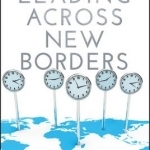
Leading Across New Borders: How to Succeed as the Center Shifts
Ernest Gundling, Christie Caldwell and Karen Cvitkovich
Book
An insightful, real-world look at the skills today's global leadership demands Leading Across...
Wildlife Habitat Conservation: Concepts, Challenges, and Solutions
Michael L. Morrison and Heather A. Mathewson
Book
"Habitat" is probably the most common term in ecological research. Elementary school students are...

Ruby on Rails Tutorial: Learn Web Development with Rails
Book
"Ruby on Rails(TM) Tutorial by Michael Hartl has become a must-read for developers learning how to...
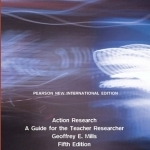
Action Research: A Guide for the Teacher Researcher
Book
A main text for courses in action research or a supplement to courses in research methods in...
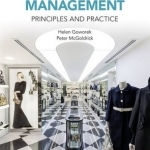
Retail Marketing Management: Principles and Practice
Helen Goworek and Peter J. McGoldrick
Book
'Retail Marketing Management covers all the essential theories needed to understand the complicated...
Ross (3284 KP) rated A Little Hatred in Books
Oct 1, 2019
The rest of the story takes place in the North, where those Northmen are, once more, kicking up a fuss and trying to reclaim their land from the Union. These chapters focus on Rikke, the dogman's daughter, and Leo dan Brock, the Young Lion, as they fight against Black Calder and his crew.
Yes, this really is "First Law: The Next Generation". With very few exceptions, the main characters here are all the descendants of characters from the previous trilogy. What I couldn't quite come to terms with was the fact that Caul Shivers and Bremer dan Gorst seemed to have aged significantly less than I might have expected (based purely on my impression of their ages in the earlier books and other characters now).
The battle with the Northmen was pretty much a boiled-down version of the Heroes, and not all that enjoyable. Rikke was a new feature which just about saved this from utter tedium.
There was one exceptional scene revolving around the riot that Savine found herself in. This scene changed from one perspective to another seamlessly, truly like a scene from a film. This long chapter was so engaging and immersive I couldn't leave it unfinished.
Abercrombie's writing and dialogue once again shine through as top of the class.
However, what held the book back for me were the pace of the opening third (so much character introduction and yet so much of it is left to the reader based on the previous books), and the bulk of the chapters in the North. The rest of the book really felt new and exciting and thrilling, those sections really just felt like old hat.
Sophia (Bookwyrming Thoughts) (530 KP) rated These Broken Stars (Starbound, #1) in Books
Jan 23, 2020
Original Rating: 4.5 out of 5 owls
Note: Formatting may be lost due to copy and paste.
<i><b>Disclaimer:</b> Review copy provided by Disney Hyperion via Netgalley for review (thanks!)</i>
These Broken Stars follows two very different people, Lilac and Tarver, from a futuristic galaxy as they try to survive in the wilderness of an unknown planet after a ship crash in space.
I really love the way how These Broken Stars is set up and formatted. I didn't exactly understand it at first, but the beginning of each chapter is in the present (in terms of the book's timeline – not 2013), giving a very brief synopsis in a sort-of interview/interrogation style with Tarver. Then the chapter gives an elaboration, telling the story behind the interview/interrogation in Lilac's and Tarver's point of views. It sort of reminds me of If I Stay with its many flashbacks, but not as depressing (thankfully).
The romance between Lilac and Tarver is probably a little fast, but I can't really tell. In other words, compared to a lot of books I've come across that have romance, These Broken Stars is one of the ones not written in such a way that the reader may cringe. *phew*
What I didn't like though, is Tarver's personality. Usually I love it when a main character is sassy and has an attitude. Tarver's though... it just didn't bounce out really well. I mean, yes, he's sarcastic, and yes he has an attitude, but I just didn't really like it. It didn't really seem to go in with Lilac's personality.
I'm not being sexist. Otherwise, I would never have said that I liked Augustus Waters' personality from The Fault in Our Stars. In fact, I probably would have said that I hated Gus's personality.
(Oh no. With that being said, I'm bound to be the target of tomatoes for a while. *gives a very innocent look and ducks*)
It's not because it's John Green either. I can't always say an author is my favorite when it's my first time reading their work(s).
Of course, everyone's opinions, likes and dislikes of a character's attitude in a book is completely different from someone else.
For a debut novel, Kaufman writes an astronomically intriguing story. The situations Lilac and Tarver are put in aren't too exaggerated or unrealistic, and in a way, the story keeps the reader guessing until the author smoothly reveals what's really going on. I had to wonder a few times why a few horror elements were doing there, lurking about.
For anyone who likes science fiction/fantasy with a hint of romance, you might want to try out These Broken Stars. Maybe someone else will have a much better time with Tarver's personality. No guarantees, though. And no rollbacks in the process.

The Message Bible (MSG)
Book and Education
App
This is not a study Bible, but rather "a reading Bible." For more than two years, Eugene Peterson...
